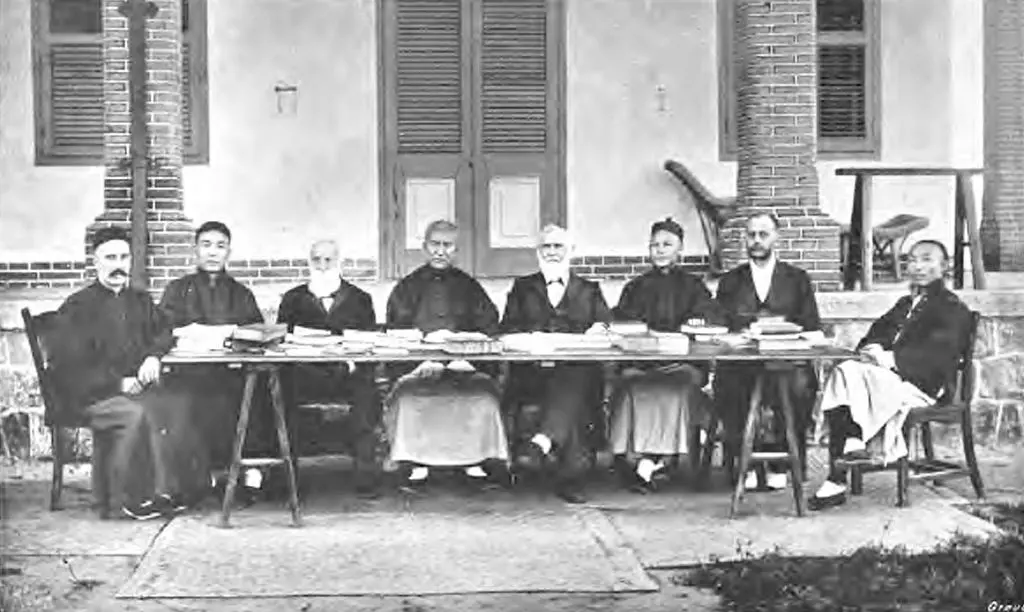9:35 耶稣听说他们把他赶出去,后来遇见他,就说:你信神的儿子么?
9:35 Jesus heard that they had cast him out, and having found him he said, “Do you believe in the Son of Man?”
9:35 ⸀Ἤκουσεν Ἰησοῦς ὅτι ἐξέβαλον αὐτὸν ἔξω, καὶ εὑρὼν αὐτὸν ⸀εἶπεν· Σὺ πιστεύεις εἰς τὸν υἱὸν τοῦ ⸀ἀνθρώπου;
6章35节涉及底本问题。梅茨格的说法如下:
The external support for ἀνθρώπου (𝔓66, 75 א B D W syrs copsa, bo ms, ach2, fay al) is so weighty, and the improbability of θεοῦ being altered to ἀνθρώπου is so great, that the Committee regarded the reading adopted for the text as virtually certain.
也就是说,这里几乎肯定应该是“你信人子么?”,而不是“你信神的儿子么?”当然,这就是我们如今认为和合本的底本不是太好的实例之一。和合本应该和KJV一样,用了TR作为底本。
1:34 我看见了,就證明这是神的儿子。」
1:34 And I have seen and have borne witness that this is the Son of God.”
1:34 κἀγὼ ἑώρακα, καὶ μεμαρτύρηκα ὅτι οὗτός ἐστιν ὁ ⸀ἐκλεκτὸς τοῦ θεοῦ.
这里不涉及底本讨论,而是古代文字的语义转移。“证明”在这里实际上是“见证和显明”或者“见证而得明”的意思,并不是数学上的proof,因为我看见了,所以证明这事。“就”字是和合本表示完成时的用字,并非横不讲理。
刚刚翻译完“约翰福音”第一章的注释,有许多感想,但没空细说了。
